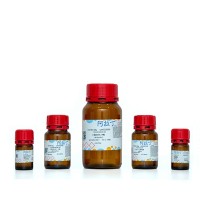Liver tissue has been used to study regeneration and carcinogenesis, as well as a whole array of liver-specific differentiated functions, including regulation and synthesis of blood proteins, coagulation factors, lipoproteins. The multiple homeostatic functions supported by liver mandate that liver is involved in studies affecting the regulation of components of particular circuits of homeostatic regulation. Given the complexity of studies in vivo, in which multiple interacting factors often defy a logical analysis of the results, establishment of primary cultures of hepatocytes was intended to provide a system in which all parameters for these studies could be controlled. One of the objectives leading to the creation of the early primary cultures was the establishment of conditions that would lead to the controlled growth and clonal expansion of differentiated hepatocytes. This “holy grail” of hepatocyte cultures has not been yet fully achieved. It has, however, become the guiding vision that led to numerous studies that yielded very useful knowledge on hepatic differentiation, regeneration, and carcinogenesis. In the more than 20 yr since the first primary cultures of hepatocytes (1 ), and with literally thousands of publications using hepatocyte cultures, primary hepatocyte cultures have fulfilled most of the original intentions of their design. It was discovered by the use of hepatocyte cultures that epidermal growth factor (EGF) (2 ) and acidic fibroblast growth factor (aFGF) (3 ) are mitogens for hepatocytes.






